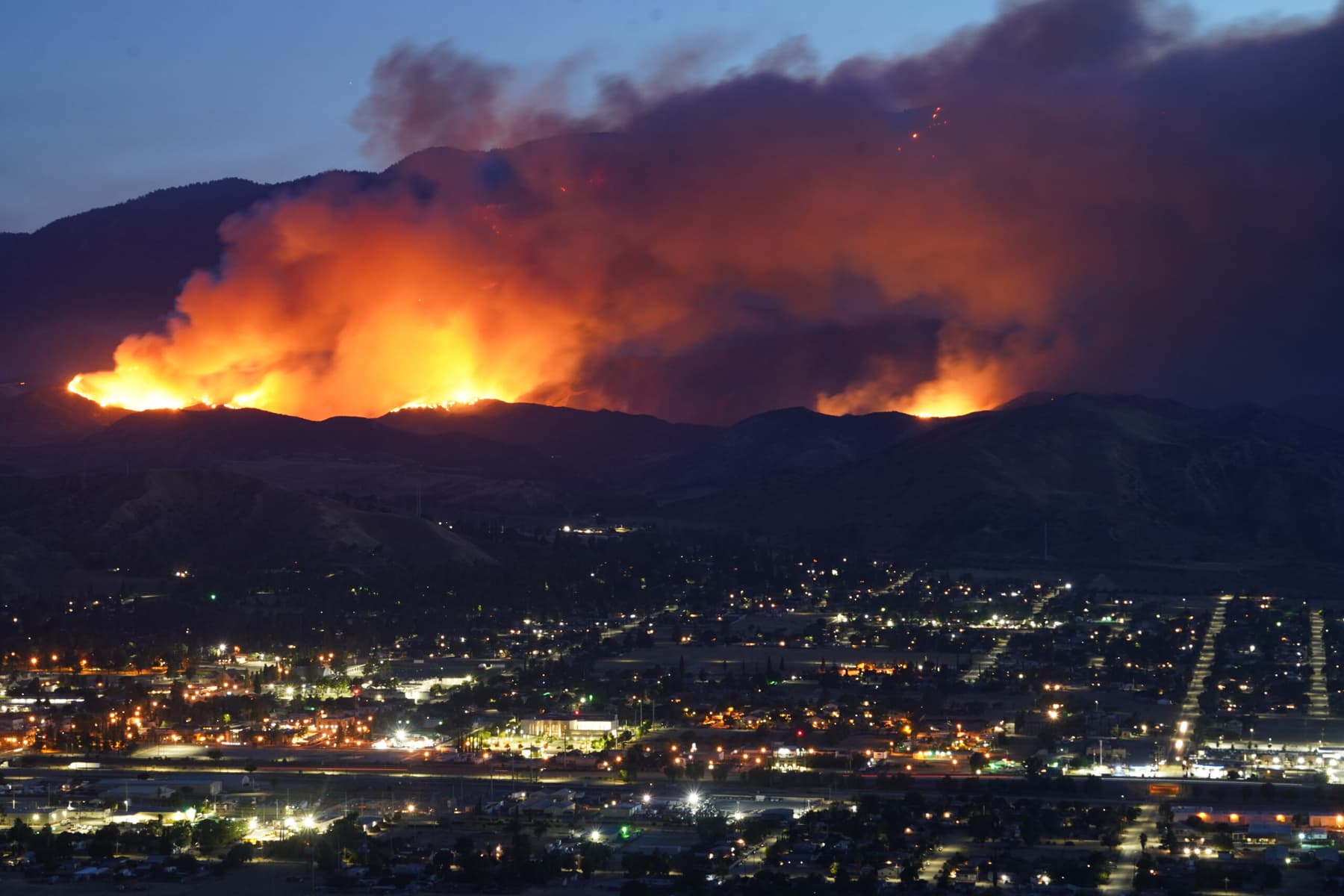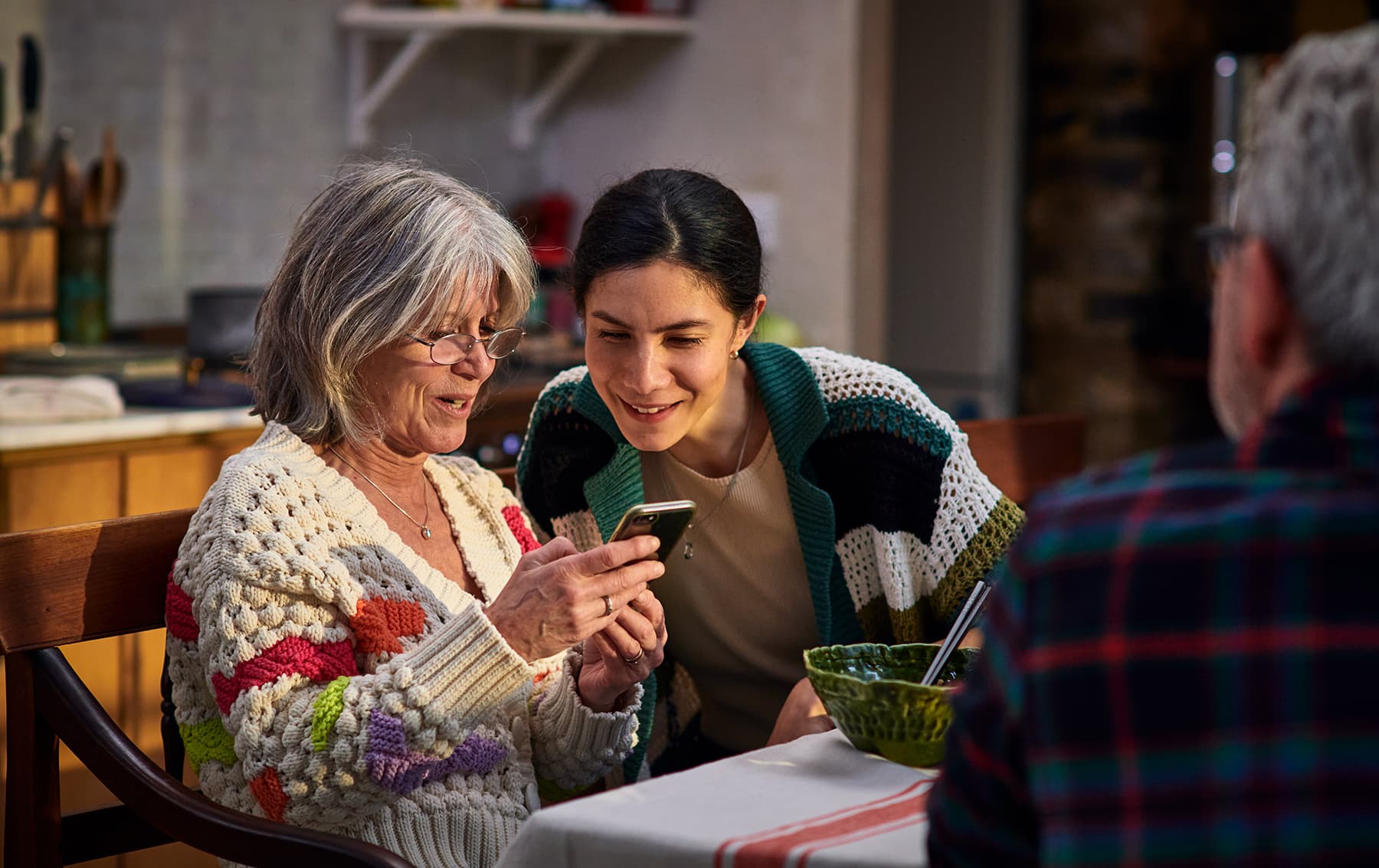Article
10 Severe Weather Emergency Notification Best Practices

Millions of people across the U.S. spent the first month of 2025 facing the devastating impacts of severe weather. From the catastrophic wildfires fueled by high winds in Los Angeles, California, to a deep freeze and rare snow in parts of the South, these events reinforced just how deadly and disruptive changing and unpredictable weather patterns can be.
An automated mass messaging system can help you keep the lines of communication open throughout a wildfire, winter storm, tornado, hurricane, or other natural disaster to save lives and property and minimize business disruption.
No matter what severe weather threats your organization may face, you can follow these time-tested emergency notification best practices before, during, and after a severe weather event to keep employees, vendors, customers and stakeholders informed, and ensure business continuity:
1. Encourage System Adoption with Your Employees
A critical first step, before severe weather strikes, is engaging your employees, residents, or community so that they become familiar with the mass messaging system. Put together employee awareness campaigns promoting your notification system and share the benefits of using it. Alternatively, make new-hire enrollment automatic and let them opt out on their own. Then to routinely maintain data, send yearly reminders to your employees to keep their contact information updated. Maintaining accurate contact information for your staff is a continuous process. Build plans around this part of your communications, ensuring you reach employees with critical messages regardless of circumstances.
2. Provide Recipients with Information Specific to Them
Systems such as One Call Now enable you to segment alerts with information specific to each audience group you need to reach. Alert vendors to delay or reroute shipments until further notice. Alert employees to stay home or avoid certain routes. Targeted messaging allows you to get the right message to the right people at the right time and avoid giving people information irrelevant to them.
3. Send Messages in Multiple Formats to Maximize Your Reach
Because the threat of severe weather is often unpredictable, it’s important to send messages in multiple formats to reach your employees on whichever device they prefer. One Call Now enables you to send messages in multiple formats and contact preferences with text message, email, phone call or mobile app push notifications. Using all methods of outreach during urgent situations like wildfires increases your ability to reach everyone. Planning for many types of severe weather disasters helps ensure your organization’s continuity during an event and resiliency during recovery. And being prepared eases the effects on your employees and their families, suppliers, customers and the local economy.
4. Create a Library of Messages in Advance
You can save valuable time and ensure messaging accuracy by building pre-recorded messages within your system. Creating pre-recorded messages in your audio library for evacuations or office closures allows you to initiate an alert within seconds, notifying employees, customers and other stakeholders when a disaster, such as a wildfire, threatens your business and people.
5. Define Emergency Procedures and Messaging Responsibilities
Document every step of your emergency procedures. Decide who is responsible for creating, approving and sending emergency alerts. Determine messaging responsibility based on the audience (e.g., internal, external, customer-facing positions, suppliers, the press). Then, create a messaging matrix covering these roles.
6. Train and Educate Your Employees
Train your personnel on how to use and what to expect from their mass messaging system. Organizations that take time to educate their employees see significantly higher adoption and response rates.
7. Establish a Post-Event Follow-Up Plan
Severe weather events like wildfires continue to take a toll even after the smoke has cleared. Recovery challenges can include utility outages, road closures, building damage and supplier constraints. Plan how you will use your emergency notifications to keep people informed as you recover and return to normal operations.
8. Test Your Plan and Mass Messaging System
Many businesses test as often as twice a month to make sure employees are familiar with their notification system and alerts. This also helps with engaging your staff who are sent the alerts so they can learn to trust and act on what they receive. Furthermore, testing can help identify when you need to improve contact data by reviewing message delivery rates.
9. Review, Evaluate and Improve
Once the danger is over and business operations have resumed, take time to review with your team what went right and what didn’t. Conduct meetings and surveys to identify gaps where you can make improvements. Use these lessons and takeaways to improve your emergency messaging. A review often helps businesses return to normal quickly after any disaster your business may face.
10. Select the Right Mass Messaging System for Your Organization
If you’re evaluating a mass messaging system, make sure to look for one that allows you to use almost every possible communication channel for sending alerts; phone call, SMS text message, email or push notification. Also look for the ability to analyze, in real time, the effectiveness of your communications so you can improve your efficiency in delivering time-sensitive information to your target audiences. Finally, make sure the interface is easy to use so you can focus on sending messages quickly and not your technology during an emergency.
During a severe weather emergency it’s important to keep the information flowing to aid in the resiliency and recovery of your business. Learn more about how a mass notification system like One Call Now can help you during an emergency and everyday communications with employees, vendors and customers.



